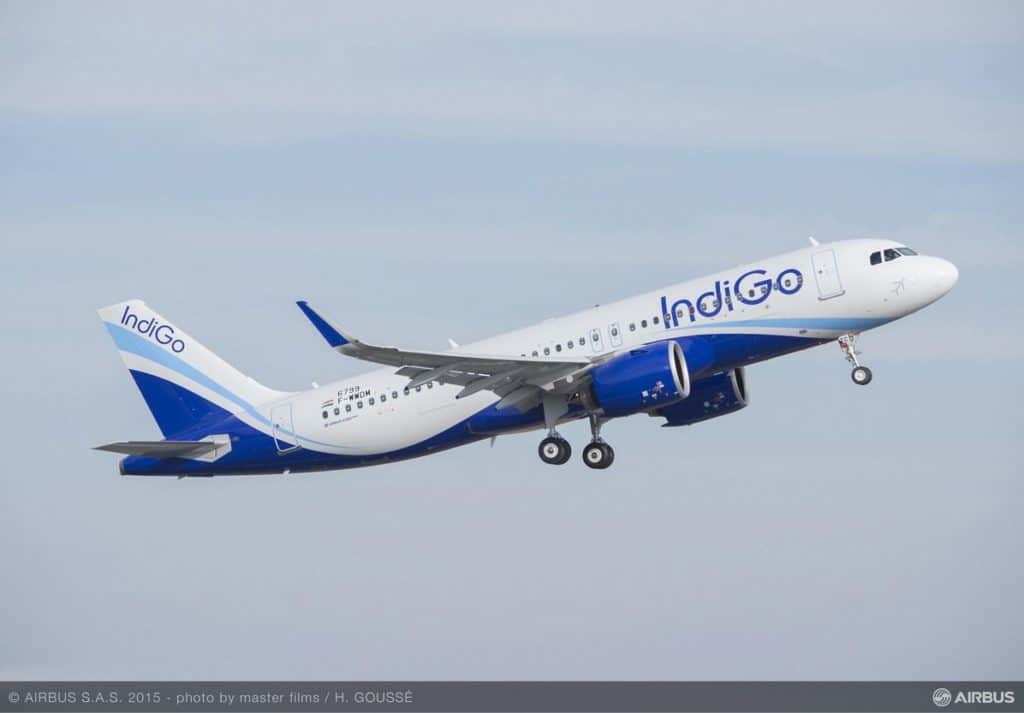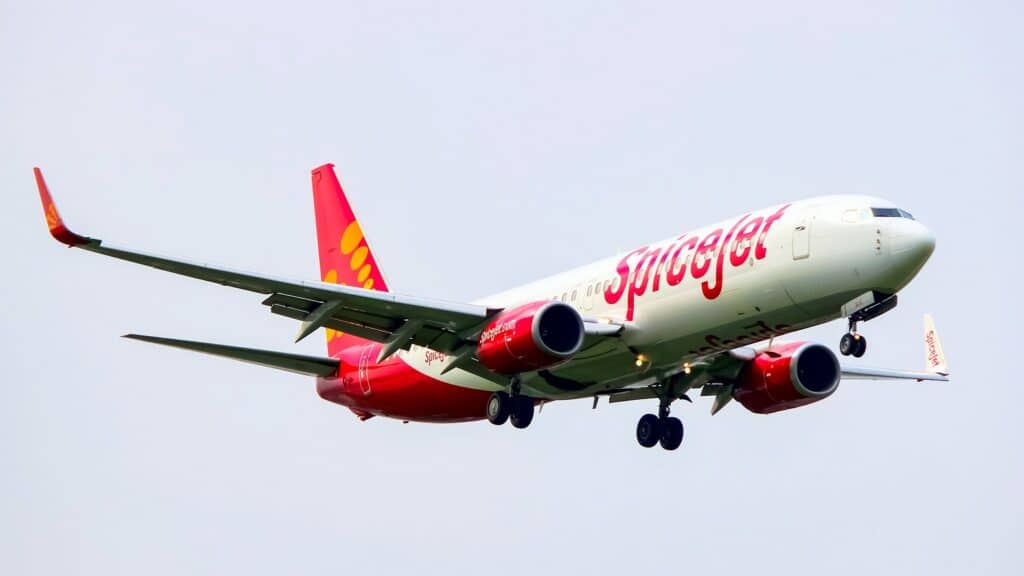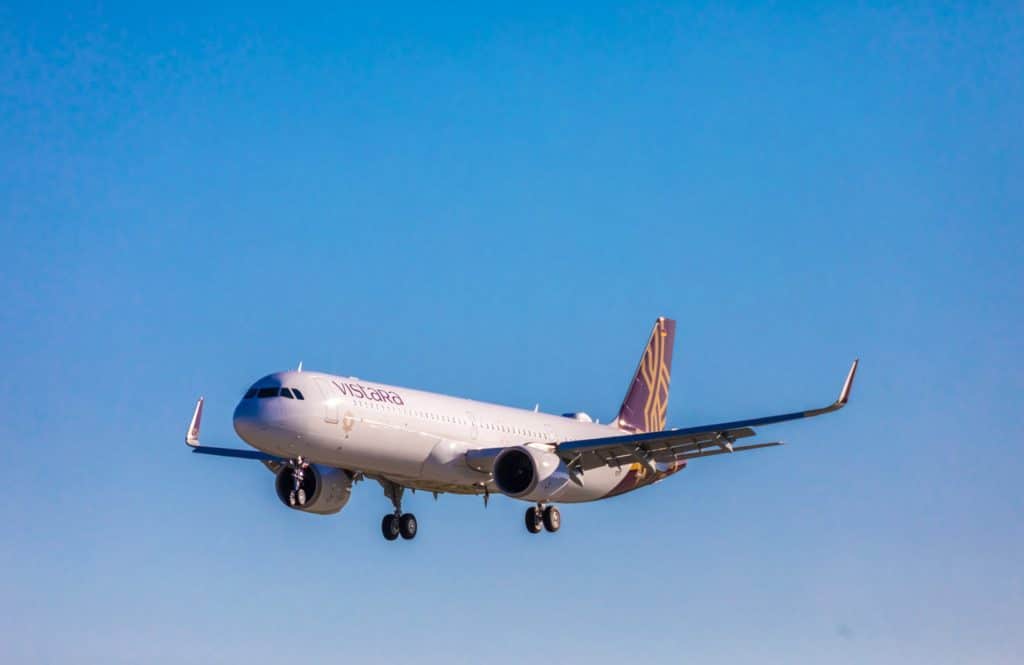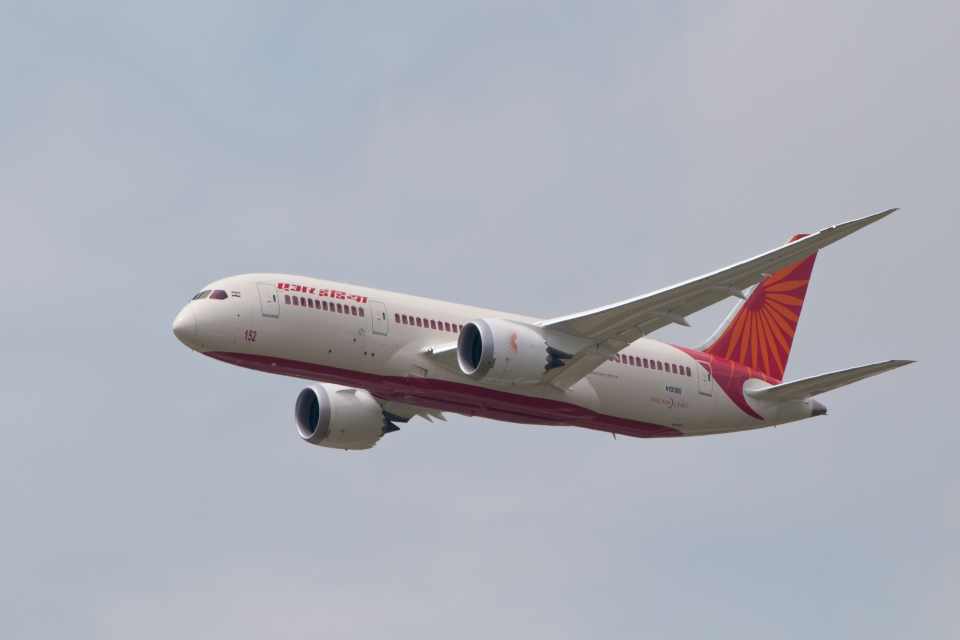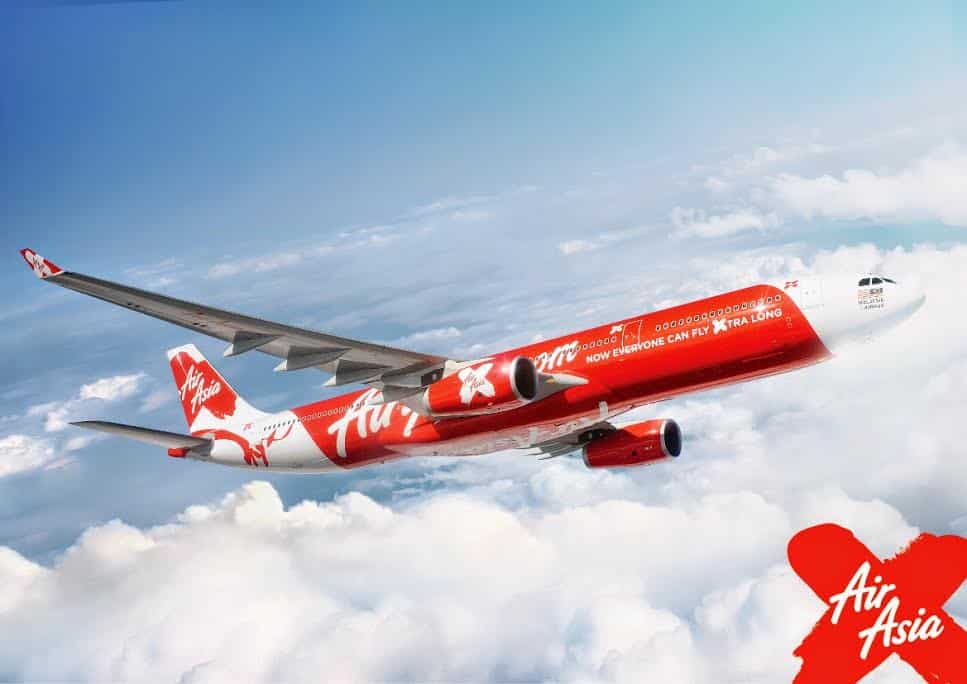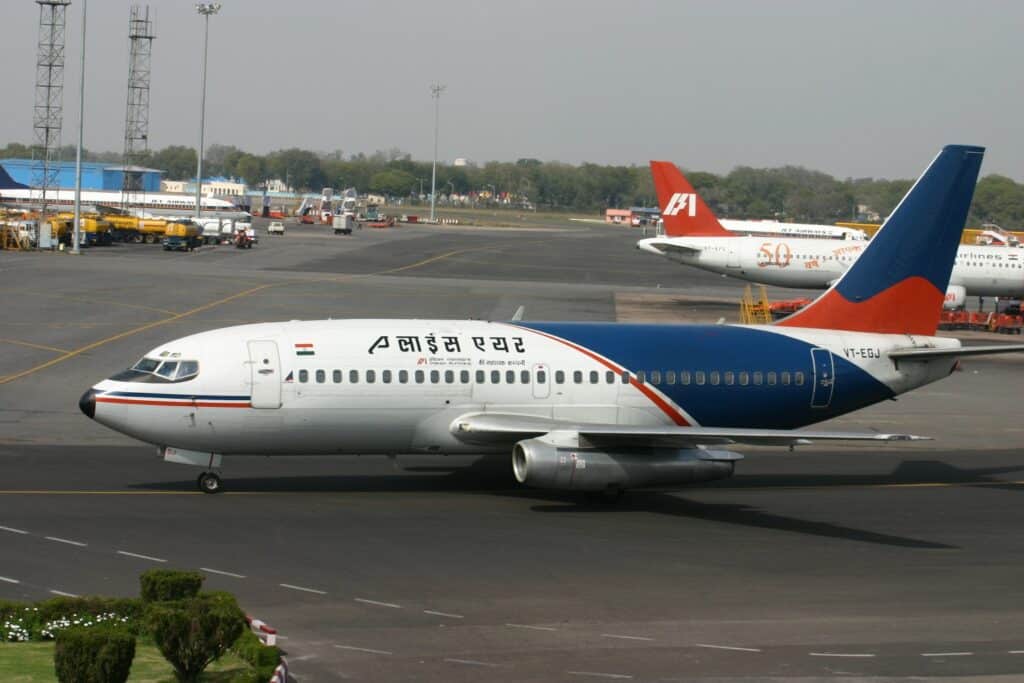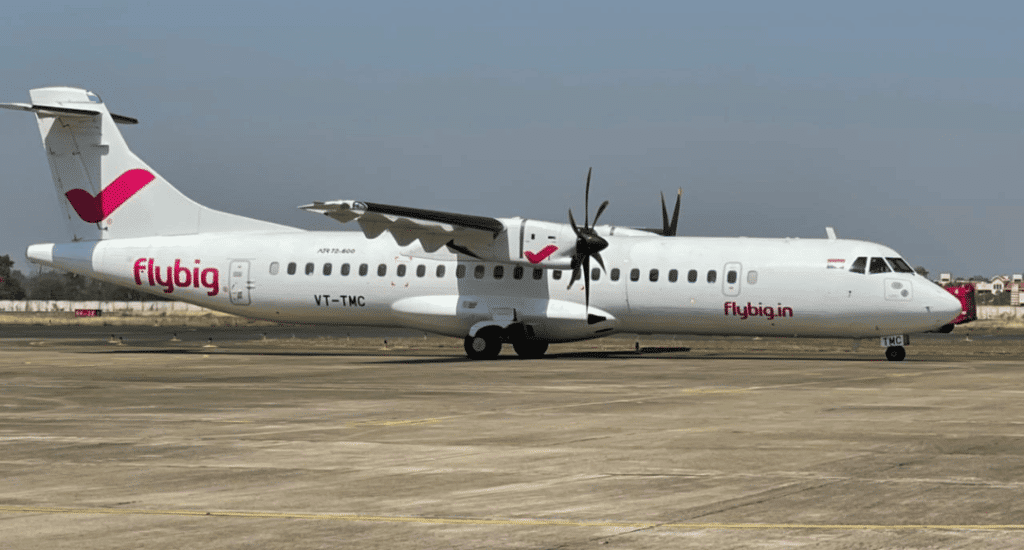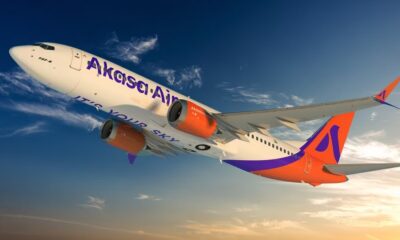Aviation
Top 10 Best Airlines In India In 2022
Some Indian airlines are listed along with their rankings based on air traffic and market share for 2022.
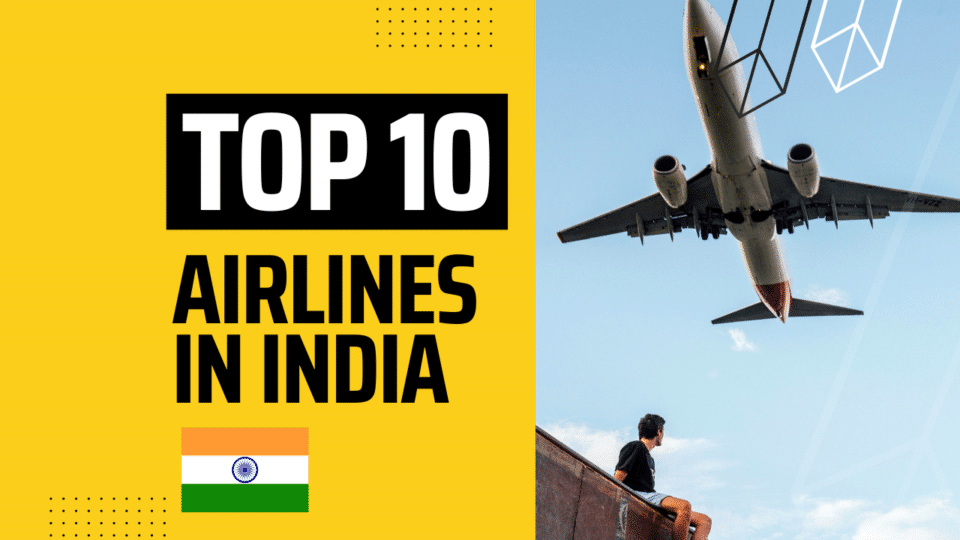
Some Indian airlines are listed along with their rankings based on air traffic and market share for 2022.
1. Indigo Airlines
Indigo is an Indian low-cost carrier airline with its main office in Gurgaon, Haryana. With over 64 million (6.4 crores) passengers carried in the financial year 2018–19, it is the largest airline in India in terms of both passengers carried and fleet size. In July 2006, it received its first Flight.
In the first quarter, Indigo carried 132 lakh passengers and had a 53.8 percent market share. In the month of June’s second quarter, it carried 183 lakh passengers and had a 56.3 percent market share.
2. Go First Airlines
Go First is an Indian ultra-low-cost carrier with its headquarters in Mumbai, Maharashtra. It was the fifth-largest airline in India and flew to 36 locations daily on more than 330 flights, including 27 domestic and 9 overseas destinations. It was established in November 2005. In the first quarter of 2022,
Go First carried 24.14 lakh passengers and had a 9.8 percent market share. While in the second quarter, it carried 33.84 lakh passengers and had a 10.4 percent market share.
3. Spice jet Airlines
A low-cost airline based in India, SpiceJet, has its main office in Gurgaon, Haryana. The airline operates 630 daily flights to 64 destinations, including 54 Indian and 15 international destinations, out of its bases in Delhi and Hyderabad, making it the second largest domestic carrier in the nation by a number of passengers carried. In May 2005, the airline carried out its initial flight.
In the first quarter of 2022, Spice Jet carried 25.21 lakh passengers and had a 10.2 percent market share. Further in June the second quarter of 2022, Spice Jet carried 31.55 lakh passengers and had a 9.7 percent market share.
4. Vistara Airlines
An Indian full-service airline called Vistara is situated in Gurgaon, with Indira Gandhi International Airport serving as its hub. The carrier, a partnership between Singapore Airlines and Tata Sons, launched operations on January 9th, 2015, with service between Delhi and Mumbai. By June 2016, the airline has transported over two million passengers.
In the first quarter of 2022, Vistara carried 21.83 lakh passengers and had an 8.8 percent market share. In the second quarter of 2022, it carried 28.79 lakh passengers and had an 8.9 percent market share.
5. Air India Airlines
The national airline of India is Air India, which is based in New Delhi.102 domestic and international destinations are served by the fleet of Airbus and Boeing aircraft operated by Air India. In 1932, J. R. D. Tata established the airline Tata Airlines.
In the first quarter of 2022, air India carried 24.47 lakh passengers and had a 9.9 percent market share. In the second quarter, it carried 24.32 lakh passengers and had a 7.5 percent market share.
6. Air Asia Airlines
A multinational low-cost airline with its main office not far from Kuala Lumpur, Malaysia, is Air Asia. By fleet size and destinations, it is Malaysia’s biggest airline. With more than 165 locations in 25 countries, Air Asia offers regular domestic and international flights. It was founded in 1993.
Air Asia had a market share of 5.8% in the first quarter of 2022 and carried 14.39 lakh passengers. In the second quarter of 2022, June it carried 18.68 lakh passengers and had a 5.7 percent market share.
7. Alliance Air
Alliance Air is a part of Air India Asset Holdings Private Limited (AIAHL). It was established in April 1996 as a fully-owned subsidiary of Indian Airlines and mostly operates domestic routes as part of the government’s Regional Connectivity Scheme.
Alliance Air carried 3.37 lakh passengers and had a 1.4 percent market share in the first quarter of 2022. In the second quarter, it carried 3.66 lakh passengers and had a 1.1 percent market share.
8. Fly Big Airlines
A regional airline called Fly Big is situated in Indore, Madhya Pradesh, India. The airline started flying in December 2020, and its primary goal is to connect tier-2 cities in India. In the first quarter of 2022,
Fly Big carried 0.30 lakh passengers and had a 0.1 percent market share. In the second quarter of 2022, it carried 0.63 lakh passengers and had a 0.2 percent market share.
9. Star Air
An Indian commuter airline called Star Air is based at Bangalore, Karnataka’s Kempegowda International Airport. It began operating in January 2019 and offered flights within the state of Karnataka. In 2017, it was founded.
Star Air had 0.54 lakh passengers and a 0.2 percent market share in the first quarter of 2022. In the second quarter, it carried 0.63 lakh passengers and maintained the same market share.
10. Akasa airlines
The newest airline, Akasa Air, launched its initial flight on August 7, 2022. SNV Aviation Private Limited’s Akasa Air is a low-cost airline operating out of Mumbai, Maharashtra, India. Vinay Dube and Aditya Gosh started it. After obtaining its first Boeing 737 MAX aircraft, the airline launched its commercial operations on August 7, 2022, with its maiden flight service between Mumbai and Ahmedabad.
Rakesh Jhunjhunwala, an Indian billionaire trader, contributed $35 million for a 40% interest in the airline in July 2021. In October 2021, the Ministry of Civil Aviation issued it a No Objection Certificate.

Aviation
Can Airline Seat Cushions Be Used As Life Jackets?

In the event of an aircraft ditching into water, there’s a common question: Can aircraft seats serve as an alternative to life jackets for flotation? The answer lies in understanding their respective functions.
While seat cushions can provide some buoyancy in water, they are not intended nor certified to function as life jackets. Their primary purpose is to offer cushioning for passengers during flight. On the other hand, life jackets are meticulously engineered to keep individuals afloat in water, equipped with buoyancy materials, secure straps, and reflective elements for visibility. They offer numerous advantages over mere cushions.
While a seat cushion might offer temporary assistance in staying afloat, it’s not a dependable substitute for a proper life jacket during an emergency. It’s crucial to utilize approved safety equipment when near bodies of water. A life jacket, designed to keep a person buoyant for extended periods, offers the rigidity needed for prolonged flotation and allows for easy movement of the arms to navigate effectively.
What fabric is used in aircraft seats?
Seats are meticulously designed to fulfill multiple purposes, ensuring passenger comfort, safety, and protection from unforeseen circumstances like fires and accidents. A typical design incorporates an aluminum frame with blocks of polyurethane foam affixed to it. Additionally, a layer of fire-resistant fabric, such as Kevlar or Nomex, is often applied over this framework, topped with a layer of cloth or leather.
Leather seats, while luxurious, are more expensive compared to traditional cloth seats. The majority of fabrics used in seat upholstery contain at least 90% wool fiber, with the remainder typically consisting of polyamide (nylon). Wool stands out as the primary fiber chosen for commercial airline seating fabric due to its desirable properties and suitability for such applications.
What is the lightest economy seat?
In recent times, airlines have been downsizing seat dimensions to accommodate more passengers, resulting in reduced cushion length and leg space. This contrasts with earlier times when airlines offered more generously cushioned seats and ample amenities.
According to Recaro Seats Company, their SL3710 model represents the lightest economy class seat available, weighing in at a mere 8 kg (17.6 lb.), setting a new standard in aircraft seating.
For individuals weighing more than 350 pounds, fitting into a standard economy-class seat can be a challenge due to the narrower dimensions. Economy seats, also referred to as “coach,” “standard,” or “main cabin” seats, typically range from about 40 to 48 centimeters in width, further emphasizing the need for more accommodating seating options.
Aviation
Does airline food have more salt? Here is the answer.
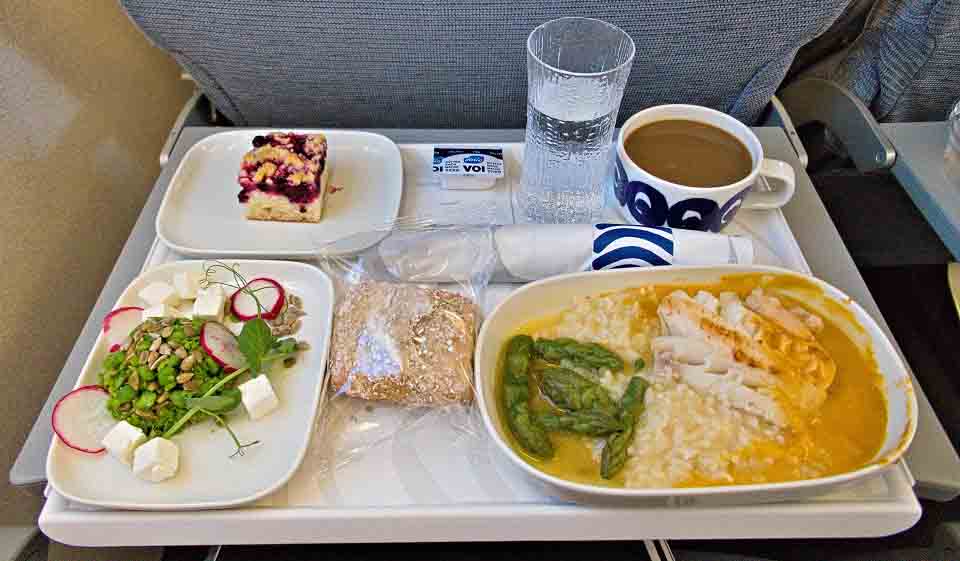
Whenever you fly with an airline, you often notice that the taste of the food is different from what you’re accustomed to on the ground. While passengers sometimes prioritize the food experience, have you ever wondered why airline food tends to be saltier? Let’s delve into this in the video.
Airline food has 15% more salt
One of the main challenges for chefs crafting meals served on airplanes is ensuring they are flavorful for passengers. To achieve this, chefs typically add more salt and seasoning, roughly 15% more salt is used, given that our taste buds are less sensitive by about 30% when we’re airborne.
The Role of Sodium: Sodium is a key ingredient used to enhance flavor, especially in the air where our senses can be dulled. On average, airline meals contain over 800mg of sodium, exceeding 40% of the daily limit recommended by the World Health Organization.
Altitude Alters Perception
Flavors are perceived differently at higher altitudes due to the dry cabin air and low humidity levels, which can diminish our ability to taste and smell. To compensate, airline chefs amp up the salt and seasoning to elevate the food’s taste.
Airline’s food Preservation:
Airline meals are prepared in advance and stored, necessitating longer preservation times. Salt serves as a natural preservative, ensuring the food maintains its quality and safety during storage and transportation.
However, excessive salt intake can pose health risks such as high blood pressure and dehydration, particularly problematic during air travel. Therefore, it’s crucial for airlines to strike a balance between flavor enhancement and maintaining a healthy sodium level in their meals.
An Indian content creator and food analyst discovered that the Indian-based carrier, IndiGo Airlines, incorporates higher levels of salt into its meals compared to standard food practices. According to him, “Many of us are aware that Maggi is high in sodium! What most don’t realize is that IndiGo’s Magic Upma contains 50% more sodium than Maggi, IndiGo’s Poha boasts approximately 83% more sodium than Maggi, and even Daal Chawal matches Maggi’s sodium content.”
Airlines
Why Don’t Airplanes Fly Over the Pacific Ocean?

Flights do indeed fly over the Pacific Ocean, but the routes they take are often determined by factors such as airline policies, air traffic control decisions, and weather conditions. The Pacific Ocean is one of the largest bodies of water on Earth, and it’s regularly crossed by numerous flights traveling between North America, Asia, Australia, and other destinations.
However, some specific routes might avoid flying directly over certain parts of the Pacific Ocean for various reasons. For example:
- Safety and emergency considerations: While modern aircraft are equipped with advanced safety features, airlines, and pilots may prefer routes that keep them closer to potential diversion airports or within range of search and rescue facilities in case of emergencies.
- Air traffic control restrictions: Airspace management authorities may impose certain restrictions or preferred routes for managing air traffic efficiently. These restrictions could be based on factors such as military operations, airspace congestion, or diplomatic considerations.
- Weather conditions: Pilots and airlines consider weather patterns when planning routes. While the Pacific Ocean generally experiences fewer weather-related disruptions compared to other regions, factors like turbulence, thunderstorms, or tropical cyclones can influence route selection.
- Managing Cost Factors: In route planning, airlines have to take fuel prices, maintenance costs, crew charges, and other operating costs into account. Direct routes over the Pacific Ocean may be more cost-effective for shorter distances, but they may also necessitate extra safety precautions, including carrying more fuel for longer overwater operations.
- Remote Locations and Navigational Challenges: The Pacific Ocean’s vastness poses navigational issues, particularly for aircraft operating over isolated regions with few ground-based navigational aids. For precise positioning and route direction, pilots must mostly rely on satellite-based technology and onboard navigation systems, which may necessitate additional training and equipment purchases.
- Lack of Suitable Landing Options in the Pacific Ocean: Unlike regions with dense air traffic and numerous airports, the Pacific Ocean has vast stretches of open water with few suitable landing options in case of emergencies. While long-range aircraft are equipped with safety features like life rafts and emergency locator transmitters, the lack of nearby airports can increase the time it takes for rescue and recovery operations to reach distressed aircraft, posing additional risks to passengers and crew. Therefore, flight routes may be planned to ensure proximity to potential diversion airports or alternate landing sites in case of unforeseen circumstances.

